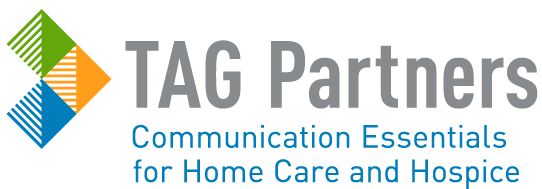August gives us all a great opportunity to focus on an important topic we should all think more about: home safety.
While as home care professionals, a great deal of our time and effort is spent ensuring our clients are living as safely and healthfully as possible at home, there is much more we can do to not only enhance our services but promote the idea of home safety throughout our communities.
National Safe at Home Week is Aug. 20-26. Use this observance as a catalyst to jump-start your safety efforts. Here are some tips to help you get started.
- Educate seniors in your community about some of the most common and avoidable dangers lurking in their homes. Host a series of seminars at a local senior center with topics such as emergency preparedness, help for those with hearing difficulties, poison prevention, home fire safety, and more. Find some great information to help you lead the discussion at the CDC’s website for Home and Recreational Safety.
- Few things can land a senior in the hospital faster than a fall. Volunteer to teach a senior class on fall prevention at a local adult day care center. TAG Partners offers a ready-made class on fall prevention, complete with script, promotional posters, and presentation flyers for attendees all personalized to your agency. Call 866-232-6477 for information on individual component pricing.
- Hand out personalized first aid kits or potholders to your senior community along with your agency’s marketing brochure and an offer for a free home safety evaluation. Call TAG Partners at 866-232-6477 to explore the promotional product options available to you.
- Partner with your local fire department in providing fire safety education to your community. Get started by checking out the US Fire Administration’s helpful Fire Safe Seniors Tool Kit. It includes tons of handouts, posters and other items to help you deliver an effective presentation.
- Talk to your local radio station about hosting a monthly show about seniors and home safety. There is a wealth of topics to cover, such as preventing falls/balance issues, planning for a disaster, home health care safety, Internet/personal safety, fraud prevention, etc.


